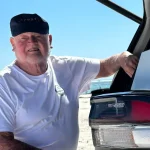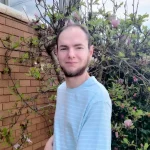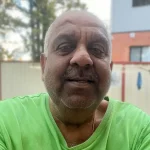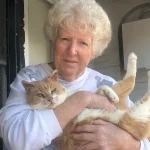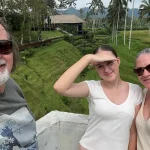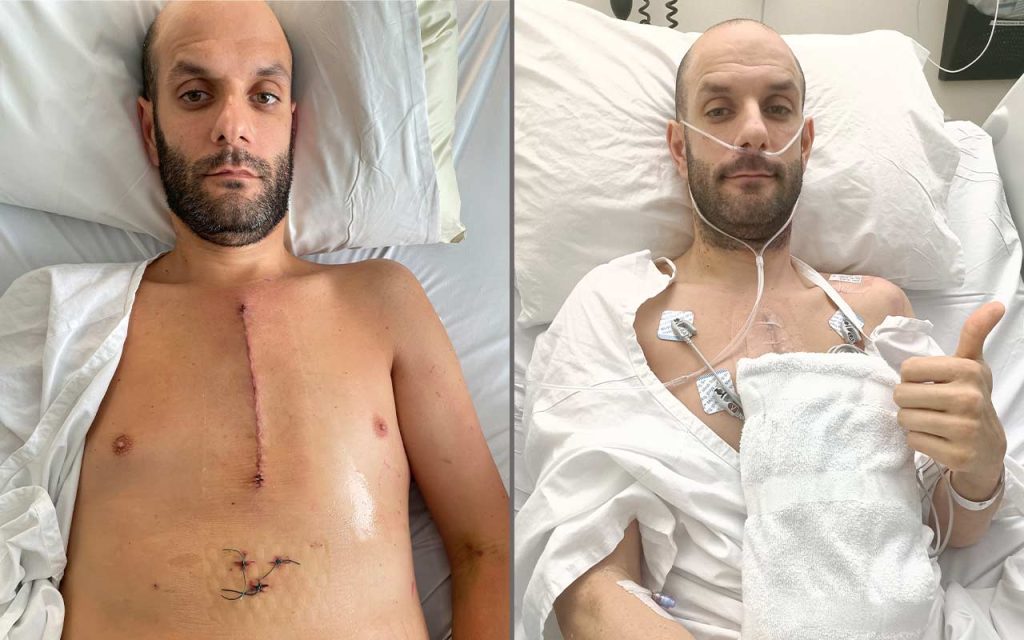Double Trouble
We’ve always done everything together, from playing up and getting into trouble together, playing sport, holidaying and hanging out. Our wives joke that they’ve not only married one of us, but both.
Why would major heart surgery be any different? Here is our story…
Paul's Story
I was a very active, fit healthy person with no previous medical issues. I was helping Mum and Dad, at their new house when I felt a tear in my chest and had severe chest pain, subsequently falling to the ground in agony. My pain wasn’t subsiding so I called an ambulance. At the hospital, an ECG and blood was fine so the doctor discharged me. I didn’t sleep at all that night due to immense pain.
The following morning at 8am, I went to my local doctor, Dr Ziade, who sent me straight to the cardiologist, Dr Khoury around the corner who saw me straight away and did an echo. They immediately found a Type A dissection. Dr Khoury rang Prof Paul Bannon, a cardiothoracic surgeon, who thankfully was on call. He said ‘bring him in now by ambulance. I’m on call and can see him now’. Within the hour I was in surgery.
The Professor and his team saved my life for which I am forever grateful. I got a new dacron graft and my aortic valve was repaired using the ‘David Procedure’.
Post-surgery I had great support from the RPA Cardiothoracic, Rehab team and Psychologist. I am one of the lucky ones and am very grateful to be a survivor and share my story, and be around to be a dad for my 2 boys and beautiful supportive wife Tennille.
Simon's Story
Through the research of Baird Institute and other medical professionals, Prof Bannon, our local GP Dr Ziade, our cardiologist Dr Khoury and his team, it was suggested that since Paul and I are twins, I should get checked as well.
Sure enough, I had the same condition as Paul, just not as advanced. Coming from an athletic background, running up to 50km per week, the news that this operation had to be done didn’t make sense to me. I felt good, perfectly fine. But so did Paul on the date of his emergency …
6 weeks after Paul’s emergency surgery to save his life, I rocked up to RPA, ready to undergo the same procedure. After going through the procedure with Dr Bannon, (he just needed to perform a copy-paste, right?), talking to Cheryl and others at pre admissions and seeing Paul’s recovery, I was calm. I was confident I was in the best hands.
6-7 hours of best sleep I’ve ever had, my aorta was repaired. I was in ICU for 3 days. After which I was sent to the cardiac ward – level 6E. The care provided by the nurses and physios at the RPA was amazing. They’re relentless in their care and positivity. And of course, I couldn’t have done it without my number one carer, my wife Laura.
Doing my absolute best to beat the number of days Paul was in hospital, I ended up staying 5 days in the cardiac ward. Paul beat me by one day. I’ll give him this one … like a warning beacon, he did save my life after all!

